How small HR teams can leverage technology
Originally published by Culture Amp
Written by Rachel Fenton
Technology has revolutionized countless industries, and HR is no exception. Small teams are now able to save time on administrative tasks that used to take up the majority of their days. Rather than spending hours navigating error-prone spreadsheets to organize employee information, track timesheets, run payroll, or answer questions, HR teams can now simplify these processes into the click of a button.
By giving employees access to all of the information they need and automating time-consuming administrative processes, HR can dedicate more time to initiatives that drive employee engagement, retention, and culture. A customized HR tech stack can now support everything from recruiting and onboarding to payroll and benefits—helping not only HR, but also employees and managers seamlessly maneuver their employment information.
Here are five ways HR technology can help your team save time:
1. Organized Employee Information
HR is responsible for organizing and maintaining a lot of employee data. Traditionally, that meant mountains of paperwork and forms. Today, many HR practitioners use disorganized and disparate spreadsheets. While spreadsheets may be easier to navigate than paperwork, they are still error-prone and require constant updating as the company scales.
A human resources information systems (HRIS) is designed to address this problem. By uniting all personal, payroll, and performance data in one central system, admins save time otherwise spent digging through messy files or fielding employee questions. In short, finding, managing, and updating employee data is fast, simple, and centralized. Not to mention, employees themselves now have easy access to their own data, which means no more emails asking about last month’s pay stubs. With an HRIS, information is not only easier to find, but easier to use for employees and HR admins alike.
2. Simplified Benefits Administration
Benefits are a hugely important factor in a candidate’s decision to join and stay with a company. Data reveals that over 70 percent of employees are willing to sacrifice novel perks in order to secure top healthcare benefits. With the rise in popularity of high deductible health plans (HDHPs), voluntary benefits, and commuter perks, managing your company’s benefits offering can get complicated.
Benefits administration software simplifies the entire enrollment and management process for HR admins and the entire company. With a robust software, it’s easy to manage benefits packages and individual coverage in one place. Employees can easily enroll, view their plan selections, and make updates for major life events.
Even better, when your benefits administration software works in conjunction with your HR and payroll tools, you can make sure key information flows seamlessly between channels and keeps your company in compliance.
3. Painless Payroll
If there’s a problem on payday, HR is going to hear about it. But ensuring payroll runs smoothly is no easy task—especially when working from a spreadsheet. A digital payroll system reduces the risks inherent in a more manual payroll process and allows employees easy access to all of their pay stubs. A centralized pay system that works side-by-side with every aspect of employee compensation (from benefits to taxes) ensures that compliance is one less thing for HR to worry about.
4. Streamlined Employee Feedback
Communication is key, especially when it comes to keeping employees happy and engaged. While HR and management can guess what their employees want, the only way to know for sure is by talking to them directly. Having one-on-one conversations with all employees may become challenging as your company grows, which is why employee feedback platforms can be hugely helpful in recording and tracking feedback.
Administering regular pulse checks and long-form questionnaires will ensure that you create the best work environment possible for employees. Employee feedback platforms allow you customize surveys and track results over time to measure the success of your initiatives. Employees will feel heard, especially if they start to see improvements made in response to their feedback.
5. Employee Development Opportunities
Employees want more learning and development opportunities to keep their existing skills sharp and learn new ones. Using a learning management system (LMS) can make it easy to launch a centralized program that employees and HR can easily utilize and access.
An LMS manages every aspect of employee development from content to certification. Be it e-courses or webinars, employees can easily track their progress, take notes, and participate in discussions. With a solid process in place, employees will be thrilled to advance their training and put it to good use in their role. On the back end, HR and managers can easily track the progress of their direct reports.
Say goodbye to those spreadsheets—leveraging HR technology can revolutionize your practices and give you more time to focus on initiatives that engage your employees. Whether you’re considering an HRIS, payroll system, or any other tool, the variety of options available to HR professionals today has never been greater.



Matt Chapman
Using the regular discipline of resetting our minds to tackle what lies ahead?
3 min. read